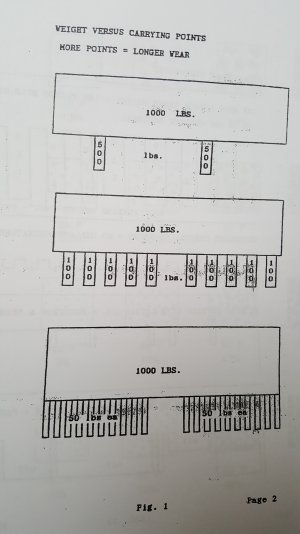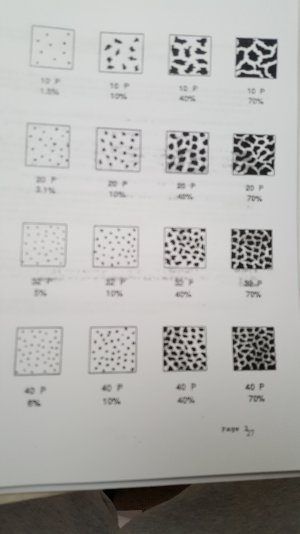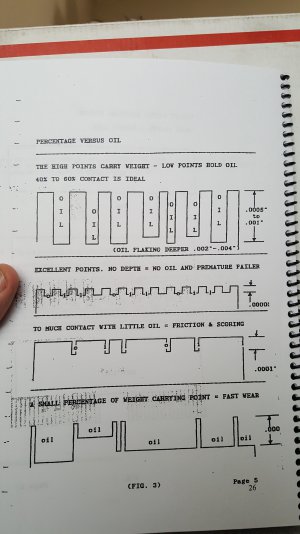- Joined
- Feb 24, 2018
- Messages
- 1,044
In a word, ACCURACY, where is did not exist before.
if done correctly, I work for a company, that paid huge money to have a Wells-Index milling machine done, when the repair company got done, it wasn’t scraping that occurred, what they had done turned the mill into scrap. The company had to buy a new mill, with a large percentage of the purchase price, paid by the repair company, who soon after went out of business




